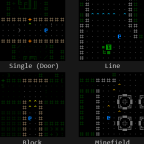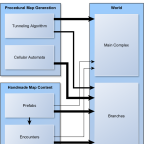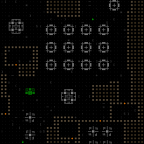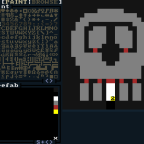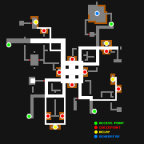
Last time we looked at what happens when you use the Unlock hack on a Garrison Access machine. Now about that rabbit hole… SPOILER WARNING: This post is going to be absolutely full of spoilers. There are so many details to the implementation of this feature that tip-toeing around them would be annoying and not […]
